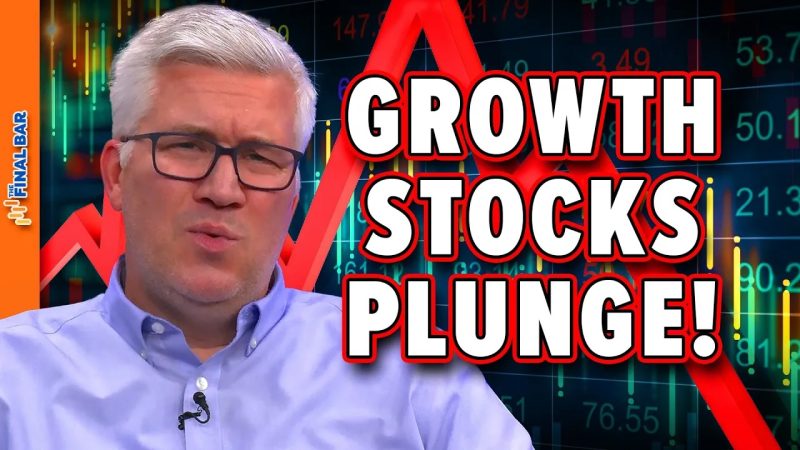The recent performance of the S&P 500 has been closely watched by analysts and investors alike as it plunged after breaking a key trendline. This decline was largely driven by the underperformance of growth stocks, sparking concerns and shifting market sentiments.
As investors are well aware, growth stocks have been the favored segments of the market for some time due to their potential for rapid expansion and strong returns. However, recent developments have seen a significant reversal in this trend, with growth stocks experiencing a notable decline in value.
The S&P 500 breaking a key trendline has further exacerbated the situation, leading to increased uncertainty and volatility in the market. This event has prompted fears of a broader market correction, with some analysts warning that further downside could be on the horizon.
One of the primary factors contributing to the decline of growth stocks has been rising interest rates. As interest rates increase, the cost of borrowing rises for companies, which can impact their profitability and growth prospects. This has weighed heavily on growth stocks, as they are generally more sensitive to changes in interest rates than other market segments.
Another key factor driving the underperformance of growth stocks is the ongoing inflationary pressures in the economy. As inflation rises, companies may face higher input costs and operational expenses, which can squeeze profit margins and hinder growth. This has made investors cautious about holding onto growth stocks, further contributing to their decline.
Moreover, the resurgence of value stocks has added to the woes of growth stocks. Value stocks, which are traditionally perceived as undervalued by the market, have experienced a resurgence in interest as investors seek safer and more stable investments in the face of market uncertainties. This shift in sentiment has diverted capital away from growth stocks, putting additional pressure on their performance.
In light of these developments, investors are advised to exercise caution and reevaluate their investment strategies. Diversification across different market segments and asset classes can help mitigate risks and protect portfolios from market downturns. Additionally, staying informed about market trends and economic indicators is essential for making informed investment decisions in a rapidly changing market environment.
Overall, the recent decline of growth stocks and the breaking of a key trendline by the S&P 500 underscore the importance of staying vigilant and adaptable in the face of evolving market conditions. By remaining proactive and flexible in their investment approach, investors can navigate challenges and capitalize on opportunities in a dynamic market landscape.


































